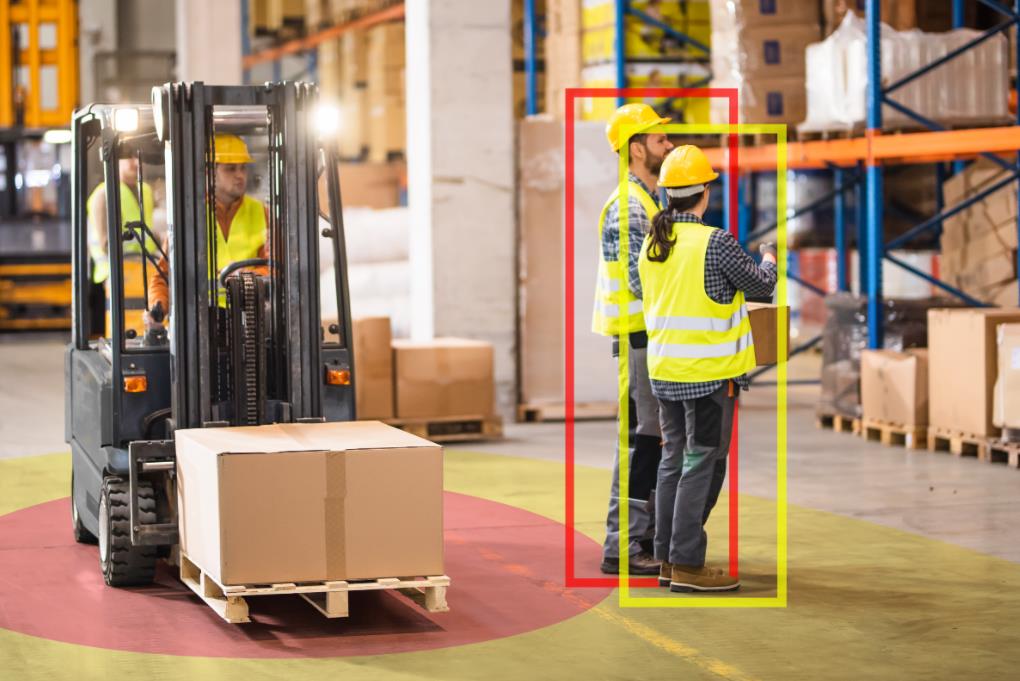Industry Dynamics
Why Warehouse Collision Avoidance Systems are the Future of Logistics and Warehousing
Counts:817 Time: 23-05-29 From: Suzhou Teknect Engineering Co., Ltd.As the logistics and warehousing industry continues to evolve,there has been a significant increase in the use of automation and technology to improve efficiency and safety.One such technology that is gaining traction in the industry is the Warehouse Collision Avoidance System(WCAS).These systems use sensors,cameras,and other advanced technologies to monitor and prevent collisions between vehicles,equipment,and workers in a warehouse environment.With the rising demand for faster and more accurate order fulfillment,the use of WCAS can significantly reduce downtime and accidents caused by collisions.In this article,we will explore the various benefits of using WCAS and why they are quickly becoming the future of logistics and warehousing.

(warehouse collision avoidance systems)
Benefits of Collision Avoidance Systems in Warehousing
There are several benefits to using collision avoidance systems in a warehouse environment.Firstly,these systems can help prevent accidents and collisions between vehicles,equipment,and workers.They do this by using sensors,cameras,and other advanced technologies to detect potential collisions and alert the operator to take action.
Moreover,these systems can also help reduce downtime caused by accidents.When collisions occur,it often leads to equipment or vehicles being out of commission for extended periods,which can lead to delays in order fulfillment and loss of revenue.By reducing the number of accidents that occur,companies can ensure that their operations run smoothly and efficiently.
Another benefit of collision avoidance systems is that they can help improve the overall productivity of the warehouse.When workers feel safe and confident in their work environment,they are more likely to be productive and efficient.By reducing the number of accidents that occur,workers can focus on their tasks without the fear of getting injured or damaging equipment.
Moreover,these systems can also help reduce the need for manual labor in certain areas of the warehouse.For instance,automated guided vehicles(AGVs)equipped with collision avoidance systems can transport goods from one location to another without the need for a human operator.This can help reduce the workload of workers and free up their time to focus on other tasks.
Future Trends in Warehouse Collision Avoidance Systems
As technology continues to evolve,so do collision avoidance systems in the warehouse environment.One of the most significant advancements in this area is the use of artificial intelligence(AI)and machine learning(ML)algorithms.These technologies can help improve the accuracy of collision detection and reduce the number of false alarms.
Moreover,the use of cloud-based systems is also becoming more prevalent in the industry.These systems can help provide real-time data and analytics,which can be used to optimize warehouse operations and improve safety measures.They can also help reduce the cost of implementing collision avoidance systems,as they eliminate the need for on-site hardware.
Another trend in the industry is the integration of collision avoidance systems with other warehouse technologies,such as warehouse management systems(WMS)and enterprise resource planning(ERP)software.By integrating these systems,companies can automate their warehouse operations and improve overall efficiency.
Furthermore,the use of wearable technology is also becoming more prevalent in the industry.Wearables such as smart glasses and helmets can provide workers with real-time data and alerts,which can help improve safety measures and reduce accidents.
Conclusion
In conclusion,the use of collision avoidance systems in the warehouse environment is essential for ensuring the safety of workers and improving overall efficiency.These systems can help prevent accidents and collisions,reduce downtime,and improve productivity.As technology continues to evolve,collision avoidance systems are becoming more advanced,and we can expect to see more innovative solutions in the future.In summary,the use of collision avoidance systems is not just a trend,but it is the future of logistics and warehousing.

 ENGLISH
ENGLISH  简体中文
简体中文